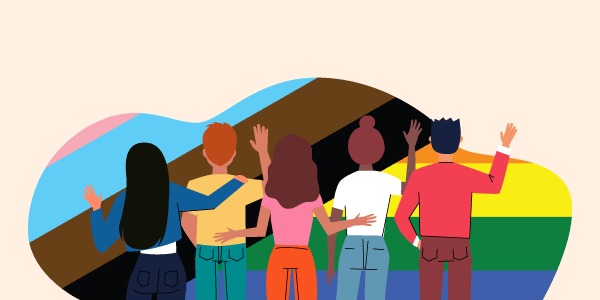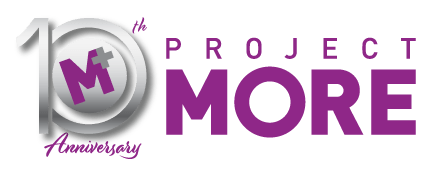
In 1948, a few years after the conclusion of World War II, The United Nations General Assembly adopted the Universal Declaration of Human Rights. The declaration proclaims that people, by nature, have certain inalienable rights regardless of race, color, religion, sex, language, political or other opinion, national or social origin, property, birth, or status.
Each year, on the anniversary of its adoption, people pause to recognize the rights established, knowing that there is still work to do to ensure these rights are upheld around the world.
Human rights issues span a wide variety of topics, from environmental protection to LGBTQ+ discrimination. Working to improve even one segment of human rights protections helps the greater goals of global solidarity, interconnectedness, and shared humanity.
Over the years, countless organizations and individuals have fought for LGBTQ+ rights, including the Human Rights Campaign, whose blue and yellow logo is now virtually synonymous with the LGBTQ+ community and its fight for equal rights. The organization empowers people to “mobilize against attacks on the most marginalized people in our community,” and acts as a beacon for those striving to break down barriers to inclusion.
Although the Human Rights Campaign was founded in 1980, and the notion of addressing LGBTQ+ rights was already underway, it wasn’t until 1994 when the United Nations ever considered discrimination on the basis of sexual orientation a violation of human rights. In Toonen vs. Australia, the UN Human Rights Committee grappled with Australia’s criminalization of sodomy. It ruled that criminalizing consensual relationships between adults of the same sex violates articles 2(1), 17, and 26 of the International Covenant on Civil and Political Rights.
The following year Beverly Palesa Ditsie, an activist from South Africa, addressed the UN at the fourth UN World Conference on Women in Beijing. She discussed the importance of including LGBTQ+ issues in the conversation, and as a black, openly lesbian woman, represented the intersectionality of race, gender, and sexual orientation in the fight for human rights.
Since the mid ‘90s, progress on bettering human rights issues has continued, with a growing focus on the LGBTQ+ community. However, progress does not always happen overnight, as evidenced by the years in wait for some rights to be acknowledged by the United States federal government.
The legalization of same-sex marriage in the United States in 2015 marked a huge step forward in reaching equality. It ensured that married couples were recognized across the nation for their unions that had previously only been recognized in certain states.
Just last year, in 2019, U.S. Supreme Court ruled that gay and transgender people are protected under Title VII of the Civil Rights Act of 1964. The Act bars employers from discriminating against workers for reasons of sex, race, color, national origin, and religion.
These two examples show the advancement of LGBTQ+ rights on a large scale, however there is always work to be done. Days such as Transgender Day of Remembrance, celebrated in November, honor those who have lost their lives to anti-trans violence.
By standing up for LGBTQ+ rights, it is the hope that the future holds greater global solidarity, interconnectedness, and shared humanity. To learn how you can stand up for LGBTQ+ rights, visit https://www.unfe.org/.

